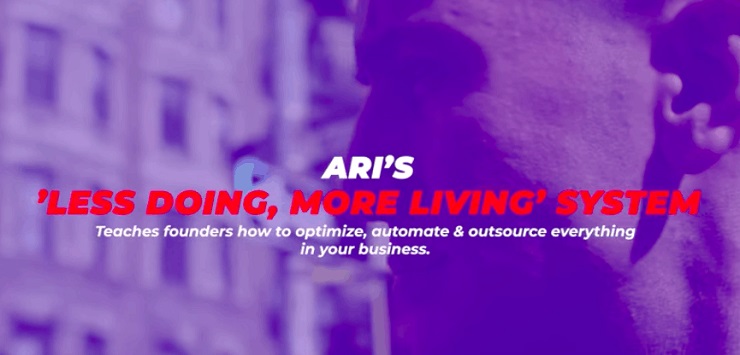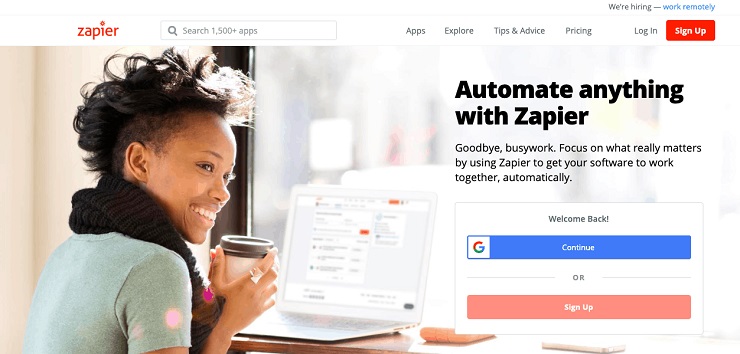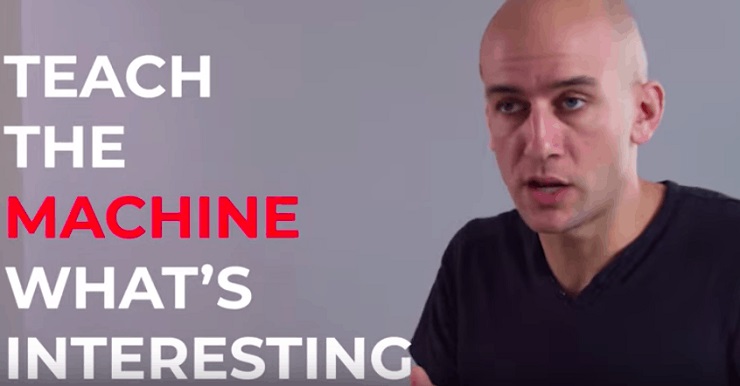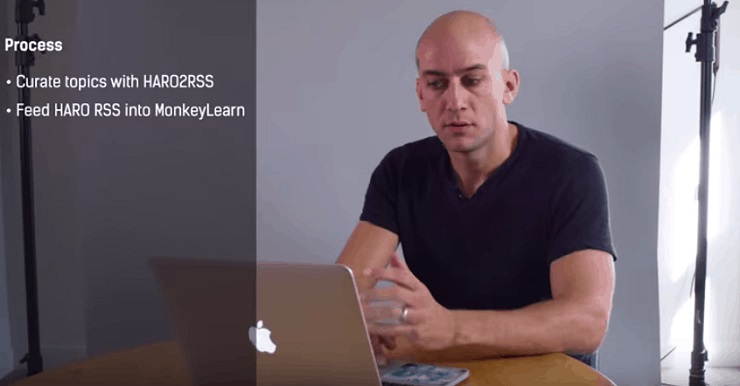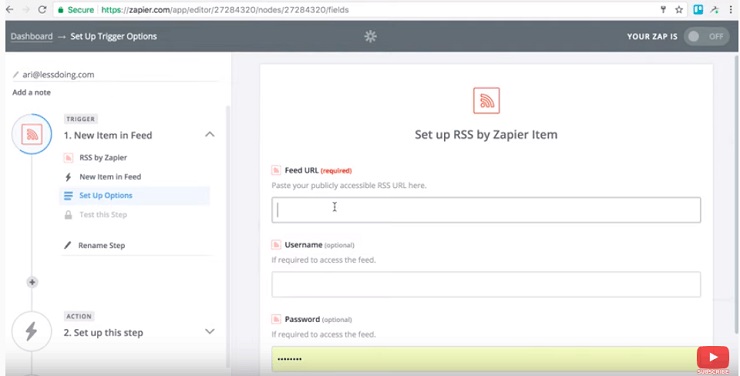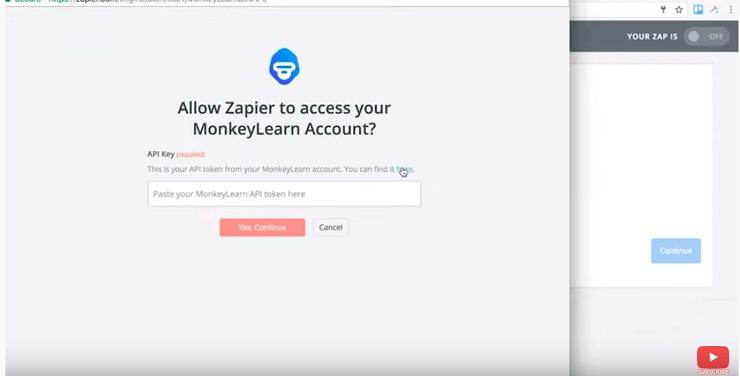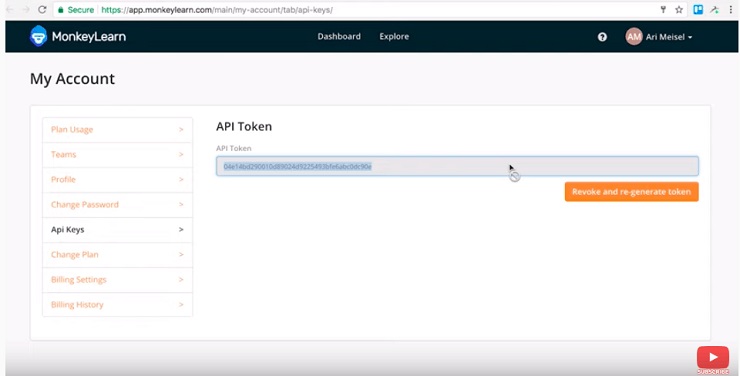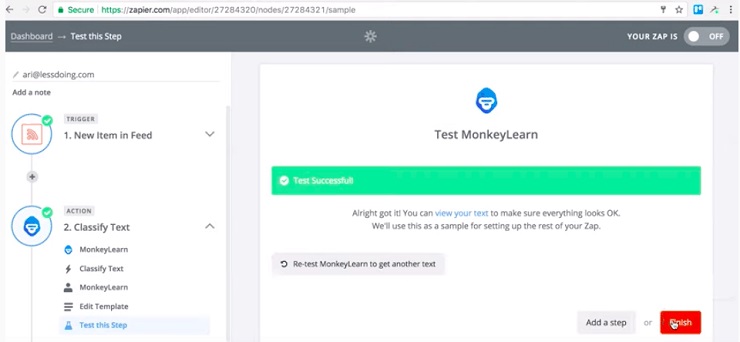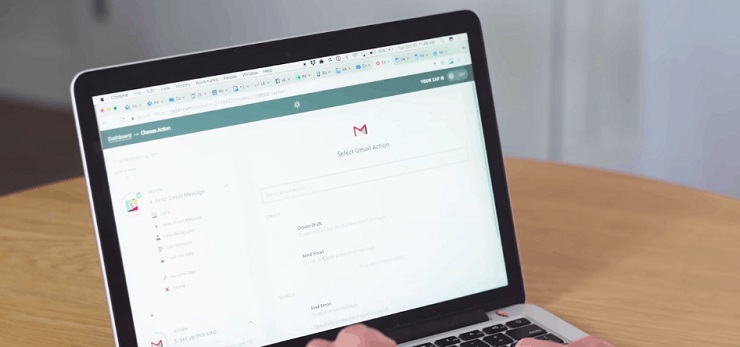There’s no overstating the value of good, free PR for your business. It brings awareness and legitimacy to your products and brand, helps your website gain better positioning in search results, and drives traffic and followers to your website and social media accounts.
But getting free PR for your business—securing earned, unpaid coverage in the press without hiring an expensive firm—is one of the most time-consuming challenges you’ll face as a founder.
Doing public relations the right way requires you to seek out the right publications, nurture relationships with newsroom staff on social media, craft convincing ideas for articles, and captivate journalists with well-written pitch emails. These efforts can take many hours of your time and attention every week, and just getting one journalist to reply to a pitch can be a weeks-long process.
Now, imagine having to do all this with only enough energy to work an hour a day.
That’s where serial entrepreneur Ari Meisel was in 2006. He couldn’t seem to find the time or energy to do anything, let alone complicated PR outreach. Between running multiple businesses and struggling to climb out of $3 million in debt from a failed real estate project, he was losing weight and always exhausted.
A doctor’s visit revealed that was Ari suffering from something more serious than a case of burnout. He had Chron’s disease, a digestive ailment that was nearly killing him.
The chronic illness forced Ari to create a way to actually get work done more effectively, which became the Less Doing, More Living approach to productivity that he teaches in his course for Foundr, Productivity Machine.
Learning from his own challenging entrepreneurial journey, Ari Meisel created a new startup, the global virtual assistant platform Leverage, and wrote two books: Idea to Execution and The Art of Less Doing.
EXCLUSIVE FREE TRAINING: Successful Founders Teach You How to Start and Grow an Online Business
Today, Ari’s going to share a jaw-dropping tutorial on how to get free PR for your business, saving hours of time by using artificial intelligence.
It’s not as complicated as it may seem. Watch this quick, step-by-step video and then our recap below. After you follow Ari’s advice, you’ll know how to get free PR for your business while you get some much-needed sleep.
Before we dive into the how-tos, let’s take a look at the problem you’re solving with this method.
Why Outsourcing or Automating PR Doesn’t Usually Work
If you’re not familiar with Help A Reporter Out (aka HARO), you should be. It’s one of the most popular tools companies use to connect with journalists and land media coverage. As a twice-daily email with journalist requests for sources on stories they’re working on, HARO provides a direct channel for reporters to find sources quickly so they can meet their deadlines, and an effective way for businesses to discover immediate opportunities to get free press.
The problem with HARO is you have to manually go through every email to find topics that are relevant to your business or area of expertise. With dozens of requests coming in a day, just going through HARO emails could be a part-time job in itself.
“But it’s a free resource—you can’t argue with that—and I’ve personally gotten over 60 articles published about me over the last seven years because of Help a Reporter Out,” Ari says.
He says plenty of people have tried to optimize or outsource the process of finding leads with HARO, but it’s a tricky challenge for two reasons:
1. High Cost of Hit Rate
“It doesn’t make sense to pay someone to do this for you because the hit rate is so low,” Ari says.
Meaning, you’d hire someone to spend hours combing through HARO emails just to find one or two possible leads a day that could end up being duds.
2. Hard to Explain Good Leads
Another reason that automating or outsourcing HARO searches is a challenge is sometimes it’s difficult to put what you’re looking for into words that someone else can understand (or that search engines can figure out and deliver on).
“You know what an interesting pitch is, but you couldn’t explain it to somebody else what it is,” Ari says.
But now, thanks to machine learning and software automation tools, it’s possible to build an automated PR machine without a single line of code. Here’s how:
The Tools You’ll Need to Build Your Automated PR Machine
PR Platform (HARO)
As mentioned earlier, Help A Reporter Out (HARO) is a free email list with twice-daily digests of requests from journalists for sources.
RSS Feed (HARO2RSS)
HARO2RSS is not affiliated with Help a Reporter Out. This is simply an easier way to consume the HARO requests via RSS, a type of web feed that allows users and applications to access updates to websites in a standardized, computer-readable format.
Machine Learning Tool (MonkeyLearn)
MonkeyLearn is a machine learning platform for text analysis. It allows you to easily get actionable data from raw text. For example, you can detect topic or sentiment expressed in texts like tweets, chats, reviews, articles and more.
Automation Tool (Zapier)
Zapier is an online automation tool that connects your favorite apps, such as Gmail, Slack, MailChimp, and over 1,000 more. You can connect two or more apps to automate repetitive tasks without coding or relying on developers to build the integration.
Step 1: Teach the Machine What’s Interesting
The way machine learning works is that you literally show the machine (in this case, your software) what things are important and how to categorize those things or behave in response to them.
In this case, you’ll be teaching your PR machine what’s interesting and what’s not.
EXCLUSIVE FREE TRAINING: Successful Founders Teach You How to Start and Grow an Online Business
Curate Topics with HARO2RSS
You’ll see a few ways to narrow your interest areas.
Feed HARO RSS into MonkeyLearn
You can set up a free trial account and use the tutorial to learn how to set up your own Interesting/Not Interesting classification model and feed information to MonkeyLearn. For now, just know it’s super easy and a matter of a few clicks.
Show MonkeyLearn 40+ samples
Once you feed the RSS to Monkey Learn, it will show you the HARO requests from the feed. Categorize at least 40 examples of which ones are interesting and which ones are not interesting.
Just a heads up—since finding interesting requests can be a bit like finding a needle in a haystack, you may need to keep showing MonkeyLearn examples until it develops a significant percentage of accuracy.
Step 2: Set Up a Zapier Trigger
As mentioned above, Zapier is an easy-to-use tool that allows you to connect apps, so an event in one app will trigger an action in another app. The trigger you’ll set up is a new RSS item. Just use the same info you grabbed from HARO2RSS and paste it into the Feed URL. No need to fill out any other fields.
Connect Zapier to MonkeyLearn
Now that you’ve set up the trigger event, it’s time to let Zapier have access to MonkeyLearn so it can connect the HARO RSS feed to it.
Zapier will ask you what action step you want to create after you create a trigger. You’ll see a variety of apps to connect with, and if you search for MonkeyLearn, you’ll find it.
Find the API Token in your MonkeyLearn account, copy and paste it to Zapier.
Choose your Classifier
The Classifier is whatever you named your project in MonkeyLearn. For the demo, Ari named his project “HARO.”
Be sure to select the body/description of the HARO request as the text you want to feed to MonkeyLearn.
Step 3: Filter Out Non-Interesting HARO Requests
Once you’ve set up your trigger and action, you’re going to filter out all non-interesting HARO requests.
- Select “Filter” in the action steps menu.
- Select the following:
Only continue if…
<Classify Text>
Does <NOT> contain
NOT
Step 4: Set Up Delivery of Interesting HARO Requests
Now that you are ready to only receive interesting HARO requests, you can get them sent to you pretty much anywhere you want. For this demo, Ari is having them sent as a private message in Slack.
But wait, there’s more…
Finding interesting HARO requests is just one PR task among many that you can automate with machine learning, says Ari.
“If I wanted to, I could actually automate the pitch itself,” he says.
Here’s how.
How to Automatically Send PR Pitches to HARO Reporters
- After your Slack action in Zapier, add “Send an email” as an action step (Ari is using Gmail)
- Set the email to send when triggered by an interesting HARO request
- Set the parameters to pull the recipient’s email address from contact info in the HARO request
- Add an email message template with a quick introduction. You can even use fields from the HARO request like a topic or publication’s name to personalize the message.
- Test your Zap
There you have it: a fully automated PR machine that will respond immediately to journalist requests. It takes absolutely no coding and only a few minutes to do. Set it up today, and when you wake up tomorrow morning, you may just find a few replies from journalists eager to interview for their next stories.
If you take one thing away from this lesson, or any of the other automated processes Ari reveals in the Productivity Machine course, it should be the importance of opening your mind to what is possible.
If you are struggling with a limitation beyond your control, whether it’s time, money, or health, it doesn’t mean it’s impossible to get free PR for your business or become a successful, highly productive entrepreneur. Ari is living proof that working within your limits by applying some ingenuity and innovation will lead to limitless possibilities.
EXCLUSIVE FREE TRAINING: Successful Founders Teach You How to Start and Grow an Online Business
What parts of PR do you wish you could automate? Tell us in the comments!

